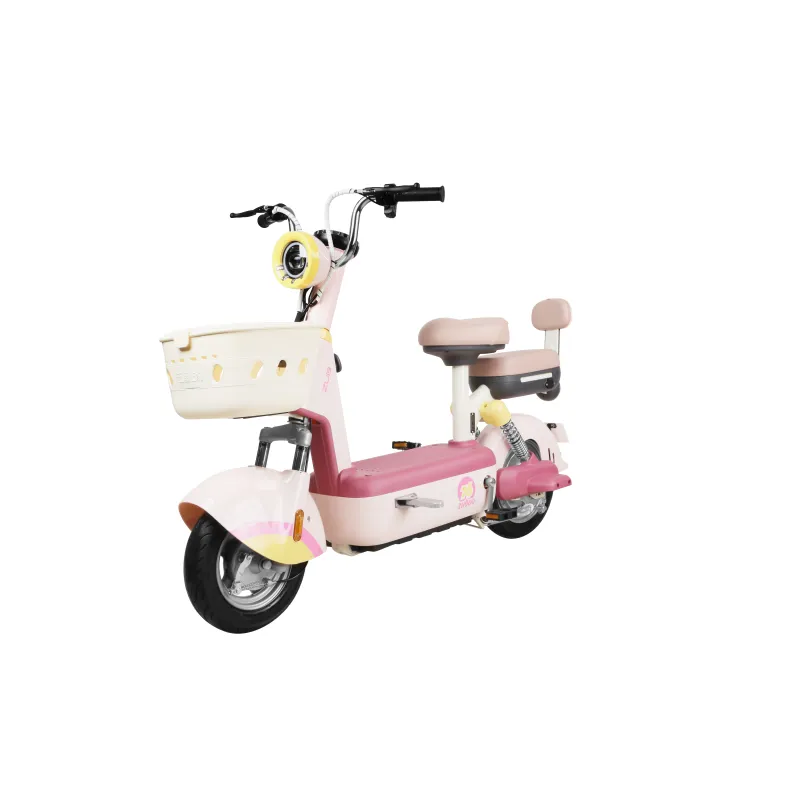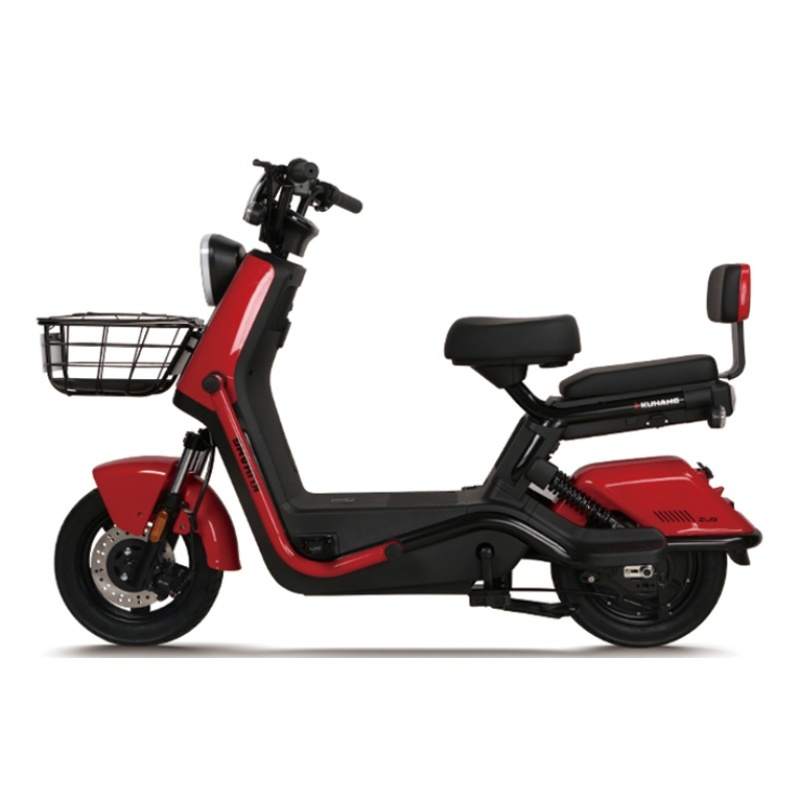Transforming Modern Transportation Through E-Bike Innovation
The landscape of personal transportation has undergone a remarkable evolution with the emergence of electric bikes. These innovative machines have revolutionized how we think about cycling, offering an perfect blend of traditional pedaling and electric assistance. Electric bike performance has reached new heights in recent years, delivering capabilities that were once thought impossible for bicycles.
As urban environments become increasingly congested and environmental concerns take center stage, electric bikes represent a forward-thinking solution that combines efficiency, sustainability, and enhanced performance. The technology behind these vehicles continues to advance, providing riders with an experience that surpasses conventional cycling in numerous ways.
Core Performance Features of Electric Bikes
Advanced Motor Systems
At the heart of electric bike performance lies the sophisticated motor system. Modern e-bikes feature carefully engineered motors that deliver smooth, responsive power assistance. These motors typically range from 250W to 750W, with some models offering even more powerful options for specialized uses. The motor's placement - whether hub-based or mid-drive - significantly influences how the bike handles and performs under various conditions.
The integration of multiple assistance levels allows riders to customize their experience based on terrain, desired effort, and riding conditions. This adaptability ensures optimal electric bike performance across diverse scenarios, from casual city riding to challenging off-road adventures.
Battery Technology and Range
The evolution of battery technology has dramatically improved electric bike performance capabilities. Modern lithium-ion batteries provide impressive range, with many models capable of traveling 40-80 miles on a single charge. These advanced power cells maintain consistent performance throughout their charge cycle, ensuring reliable assistance when needed.
Battery management systems protect against overcharging and excessive discharge, extending the life of these crucial components. The strategic placement of batteries in the frame promotes better weight distribution and handling, further enhancing overall riding dynamics.
Performance Advantages in Different Riding Scenarios
Urban Commuting Excellence
Electric bikes excel in urban environments, where their performance advantages become immediately apparent. Quick acceleration from stops helps riders keep pace with traffic flow, while the ability to maintain steady speeds makes commuting more efficient. The electric assistance reduces the impact of headwinds and helps maintain consistent timing regardless of weather conditions.
The enhanced electric bike performance in stop-and-go traffic situations reduces rider fatigue significantly. This means arriving at work fresh and presentable, without the excessive exertion often associated with traditional cycling. The ability to choose different assistance levels also helps riders manage their effort based on time constraints or personal preference.
Conquering Challenging Terrain
When it comes to tackling hills and challenging terrain, electric bike performance truly shines. The motor assistance transforms daunting inclines into manageable slopes, opening up new routes and possibilities for riders of all fitness levels. This capability encourages exploration and adventure, allowing cyclists to venture further than they might on conventional bikes.
The consistent power delivery helps maintain momentum on varied terrain, making the overall riding experience more enjoyable and less taxing. This enhanced performance on hills and rough terrain extends the practical range of cycling for many riders, making previously inaccessible areas easily reachable.

Technical Performance Metrics
Speed and Acceleration Capabilities
Modern electric bikes offer impressive speed capabilities while staying within legal limits. The electric assistance typically supports speeds up to 20-28 mph, depending on local regulations and bike classification. This enhanced speed potential comes with carefully tuned acceleration that feels natural and controlled, contributing to a safer riding experience.
The relationship between motor power and gear systems creates optimal electric bike performance across different speed ranges. Smart power management ensures efficient use of battery capacity while maintaining responsive acceleration when needed.
Handling and Control Systems
Advanced frame geometry and weight distribution contribute to superior handling characteristics. The integration of electronic systems with mechanical components results in predictable, stable behavior at various speeds. Many models feature sophisticated torque sensors that provide natural-feeling assistance based on rider input.
Braking systems are specifically designed to handle the additional speed and weight of electric components, ensuring reliable stopping power. The combination of these elements results in electric bike performance that inspires confidence in all riding conditions.
Long-term Performance Benefits
Sustainable Transportation Solution
The consistent electric bike performance offers a reliable alternative to traditional transportation methods. With minimal maintenance requirements and low operating costs, these vehicles provide an economically sustainable solution for daily mobility needs. The durability of modern electric components ensures long-term reliability with proper care.
The environmental benefits become increasingly significant over time, as electric bikes contribute to reduced carbon emissions and traffic congestion. This sustainable performance aspect makes them an attractive option for environmentally conscious individuals and organizations.
Health and Fitness Impact
Regular use of electric bikes contributes to improved fitness levels while managing exercise intensity effectively. The adjustable assistance levels allow riders to gradually increase their physical effort as their fitness improves. This progressive approach to exercise makes electric bikes an excellent tool for sustainable fitness development.
The accessibility of electric bike performance features encourages more frequent use, leading to consistent physical activity. This regular exercise, combined with the enjoyment of riding, creates a sustainable path to better health and wellness.
Frequently Asked Questions
How does weather affect electric bike performance?
Weather conditions can impact electric bike performance in several ways. Cold temperatures may temporarily reduce battery efficiency, while wet conditions require more careful handling. However, modern e-bikes are designed to perform reliably in various weather conditions, with waterproof components and temperature-managed battery systems ensuring consistent operation year-round.
What maintenance is required to maintain optimal performance?
Regular maintenance includes keeping the battery properly charged, checking tire pressure, and ensuring all mechanical components are clean and properly lubricated. The electrical systems require minimal maintenance beyond keeping connections clean and dry. Professional service checks are recommended annually to maintain peak electric bike performance.
How long do electric bike batteries typically last?
Quality electric bike batteries typically last between 3-5 years with proper care, providing 500-1000 complete charge cycles. The actual lifespan depends on usage patterns, charging habits, and storage conditions. Many riders find their batteries maintain good performance well beyond these estimates with appropriate maintenance.

